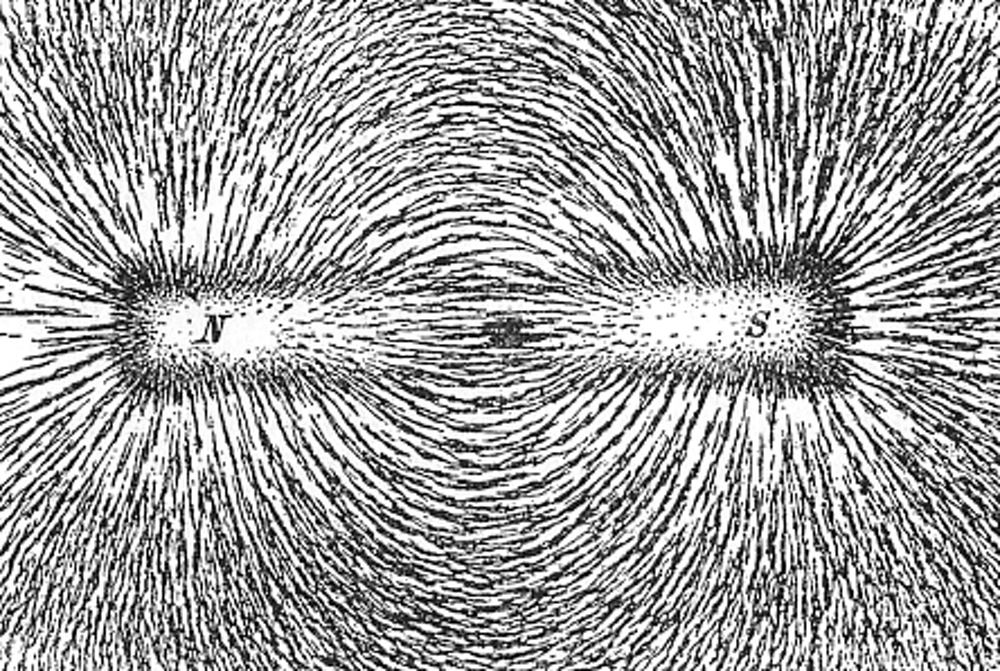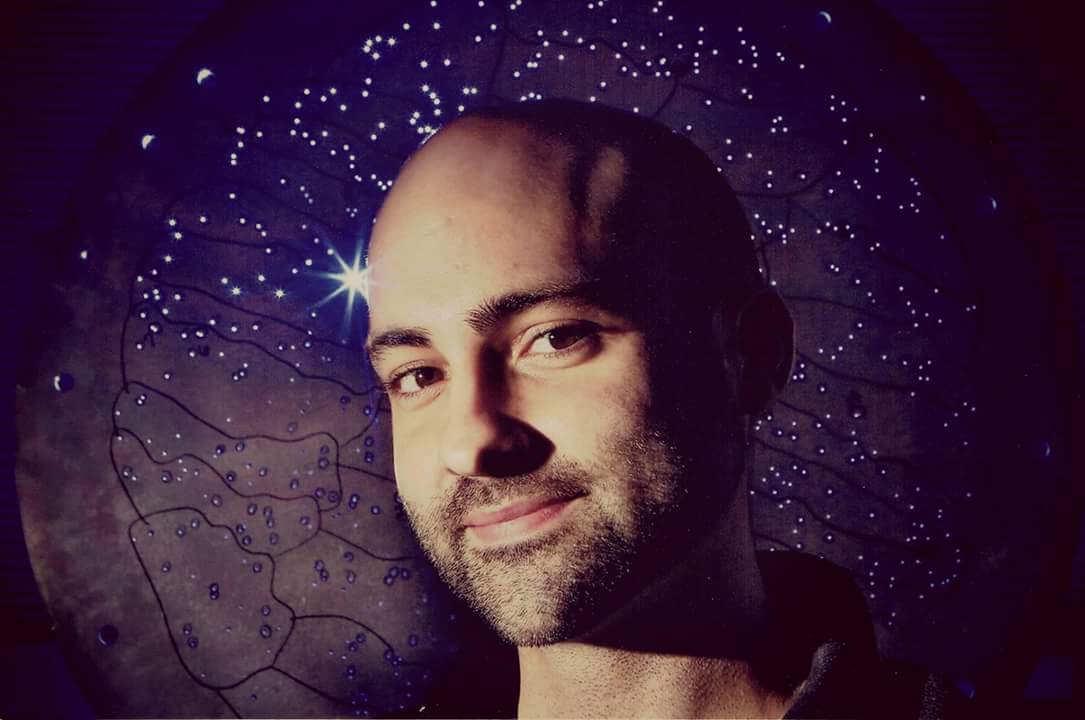
Where did the universe's magnetic fields come from?
Magnetic fields are everywhere in the universe. But where do they come from?

How the universe got its large magnetic fields has remained one of the stickiest outstanding problems in astrophysics. Now, researchers have proposed a novel solution: a giant "dust battery" operating when the first stars appeared.
Magnetic fields are everywhere in the universe. Of course, there's Earth's magnetic field, which deflects dangerous cosmic radiation, wiggles our compasses, and guides flocks of migrating birds. But other planets and stars have magnetic fields, too, and the magnetic fields of Jupiter and the sun are more powerful than Earth's.
Even the entire Milky Way galaxy has its own magnetic field. It's about a million times weaker than Earth's, but it stretches across tens of thousands of light-years, spanning the entire galaxy. Astronomers know of even larger magnetic fields, some of which fill entire galaxy clusters that can reach a few million light-years across.
So where do these gigantic magnetic fields come from? Even though they are relatively weak, they are incredibly large. So whatever created them must have come from suitably energetic, large-scale sources. Over the decades, astronomers have proposed a number of mechanisms, most of which rely on a dynamo process that takes weak "seed" fields and amplifies them to their present-day values.
Related: Earliest magnetic galaxy ever detected offers clues about Milky Way history
But that just pushes the goalpost back even further. Where do the weak seed fields come from in the first place?
In a paper submitted to The Astrophysical Journal in October, researchers proposed a novel solution. Their scenario starts in the cosmic dawn, when the universe was only a few hundred million years old and the first stars and galaxies were beginning to shine. After those first stars died, they left behind bits of heavier elements, which found each other in interstellar space to become the first grains of dust.
Breaking space news, the latest updates on rocket launches, skywatching events and more!
These dust grains were generally electrically charged through bombardment with radiation and friction with each other. When the second generation of stars lit up, their intense light shone through all the gas and dust surrounding them. If these stars were powerful enough, their radiation could literally push on the dust grains, causing them to move through the rest of the gas. These moving, electrically charged dust grains would create a weak-but-wide-scale electrical current, like a copper wire 1,000 light-years across.
Because the filtering of radiation through the interstellar gas wouldn't be perfectly uniform, the moving dust grains would tend to clump in some spots and disperse in others. This would create differences in the amount of electrical current from place to place, which, through the laws of electromagnetism, would naturally give rise to a magnetic field.
In the new study, the researchers found that this magnetic field would be incredibly weak — roughly a billionth the strength of Earth's magnetic field. But it would be large enough that other astrophysical processes, like mixing and dynamo amplification, could latch on to that seed field and generate the magnetic fields we see today.
This is only a hypothesis, however. The researchers concluded their work with a recipe to include this mechanism in simulations of the evolution of galaxies and their magnetic fields. That is a crucial step in comparing the full magnetic fields predicted by this theory with the ones we see in the actual universe. We can't rewind the clock to see what the universe's magnetic fields were like long ago, but we can use ideas like this to attempt to reconstruct the past.

Paul M. Sutter is a cosmologist at Johns Hopkins University, host of Ask a Spaceman, and author of How to Die in Space.
